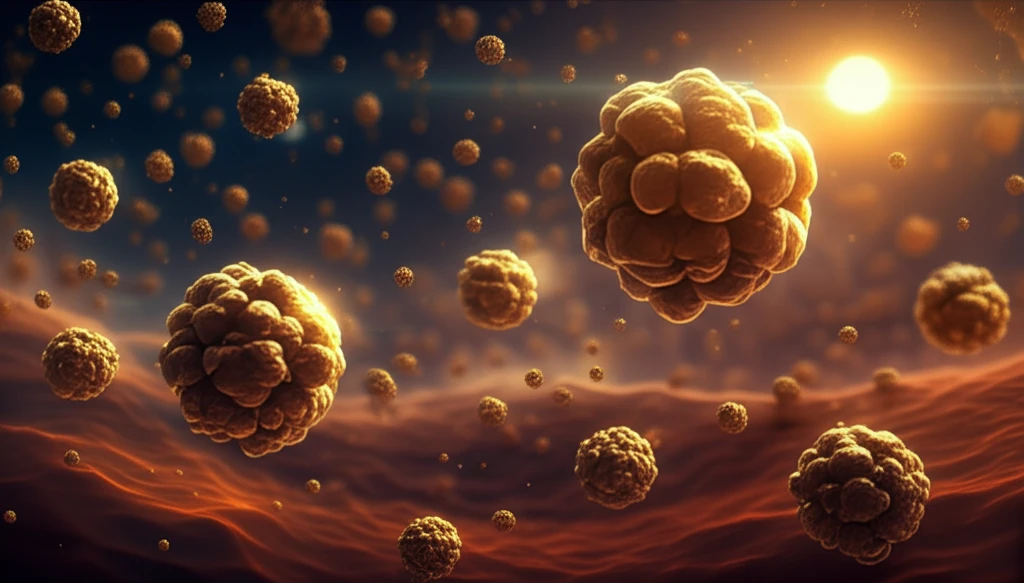
Can Gold and Nanotechnology Solve Our Energy Crisis? A Deep Dive
"Researchers are exploring how gold nanoparticles can boost the efficiency of titanium dioxide in capturing solar energy. Could this be the key to unlocking cleaner, more sustainable power?"
The quest for clean, renewable energy sources is more critical than ever. As we grapple with the impacts of climate change and the depletion of fossil fuels, scientists are constantly seeking innovative solutions to harness the power of the sun. One promising area of research involves using nanotechnology to enhance the efficiency of solar energy conversion.
Titanium dioxide (TiO2), a widely used material in various applications, has emerged as a key player in photocatalysis—a process where light is used to drive chemical reactions. However, TiO2 has limitations in its ability to absorb sunlight effectively, particularly in the visible light spectrum. To overcome this hurdle, researchers are turning to precious metal nanoparticles like gold (Au) to modify and improve TiO2's performance.
Imagine microscopic gold particles sprinkled onto a surface of titanium dioxide, acting like tiny antennas that capture and amplify sunlight. This is the basic idea behind the exciting research exploring gold-modified TiO2 nanostructures. This article dives into how these materials are synthesized, what makes them so effective, and their potential to transform our approach to solar energy and environmental cleanup.
Gold-Modified TiO2: A Powerful Partnership for Solar Energy

Researchers have been exploring the modification of TiO2 with gold nanoparticles to enhance its photocatalytic activity. The key is to create a material that can efficiently absorb sunlight and use that energy to drive chemical reactions, such as splitting water into hydrogen and oxygen or breaking down pollutants.
- Increased Light Absorption: Gold nanoparticles help TiO2 capture more sunlight, including the visible light portion that TiO2 typically misses.
- Enhanced Electron Transfer: Gold facilitates the movement of electrons, preventing them from recombining and increasing the efficiency of the photocatalytic reaction.
- Improved Photocatalytic Activity: The addition of gold significantly boosts TiO2's ability to break down pollutants and generate hydrogen.
The Future is Bright (and Golden)
Gold-modified TiO2 nanostructures hold tremendous promise for addressing some of our most pressing energy and environmental challenges. As research continues and these materials are further refined, we can expect to see even greater breakthroughs in solar energy conversion, pollution control, and sustainable hydrogen production. By harnessing the power of nanotechnology, we may be one step closer to a cleaner, more sustainable future for all.
